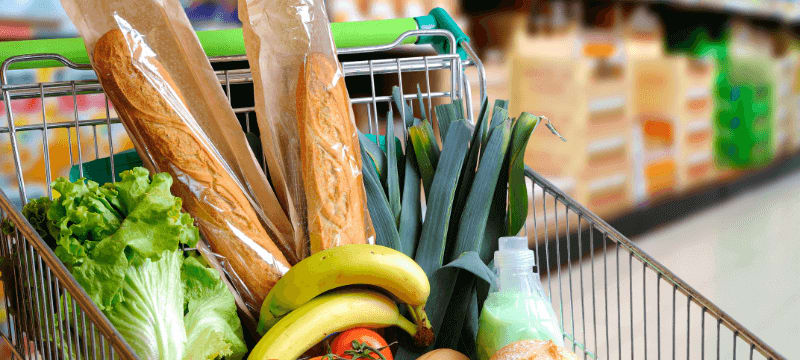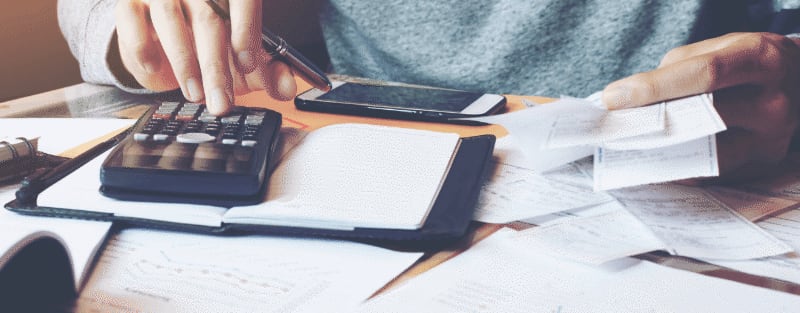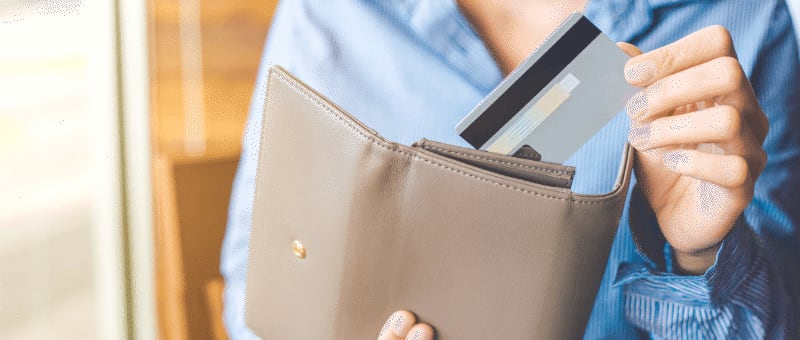Thanks to contactless cards, making payments has never been easier – or faster, for that matter. We live in a paperless world whereby the tap of a card, we can quickly pay for our weekly food shop, a coffee or an impulse buy. And with the contactless card limit increasing to £100 on the 15th of October, your bank account may be at risk of experiencing a couple of financial frights this Halloween.
There are two main reasons the increased limit is a potential cause for concern: overspending and fraud. Though contactless payments are convenient, the ease of spending can put those who already struggle to budget in danger of further debt.
And to make matters worse, if cards are stolen, thieves can easily spend up to £300 before needing verification. Contactless card payments accounted for just 2.8% of card fraud in 2020 – however with the easing of lockdown restrictions in 2021 and beyond, this figure could easily increase.
Looking to navigate your way through our contactless world? Here are our top tips to avoid overspending on contactless cards and keeping your plastic safe.
Big food shop
In order to avoid overspending at the supermarket, it’s time to revert back to old-school ways of doing things. Since the introduction of contactless cards, it’s easier than ever to nip into the shop and buy something without really even thinking about the expenditure. As a result, the big weekly shop has become obsolete for many households.



